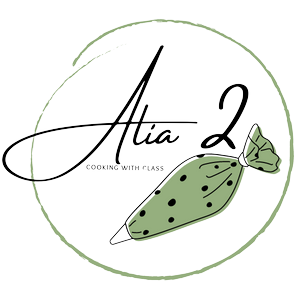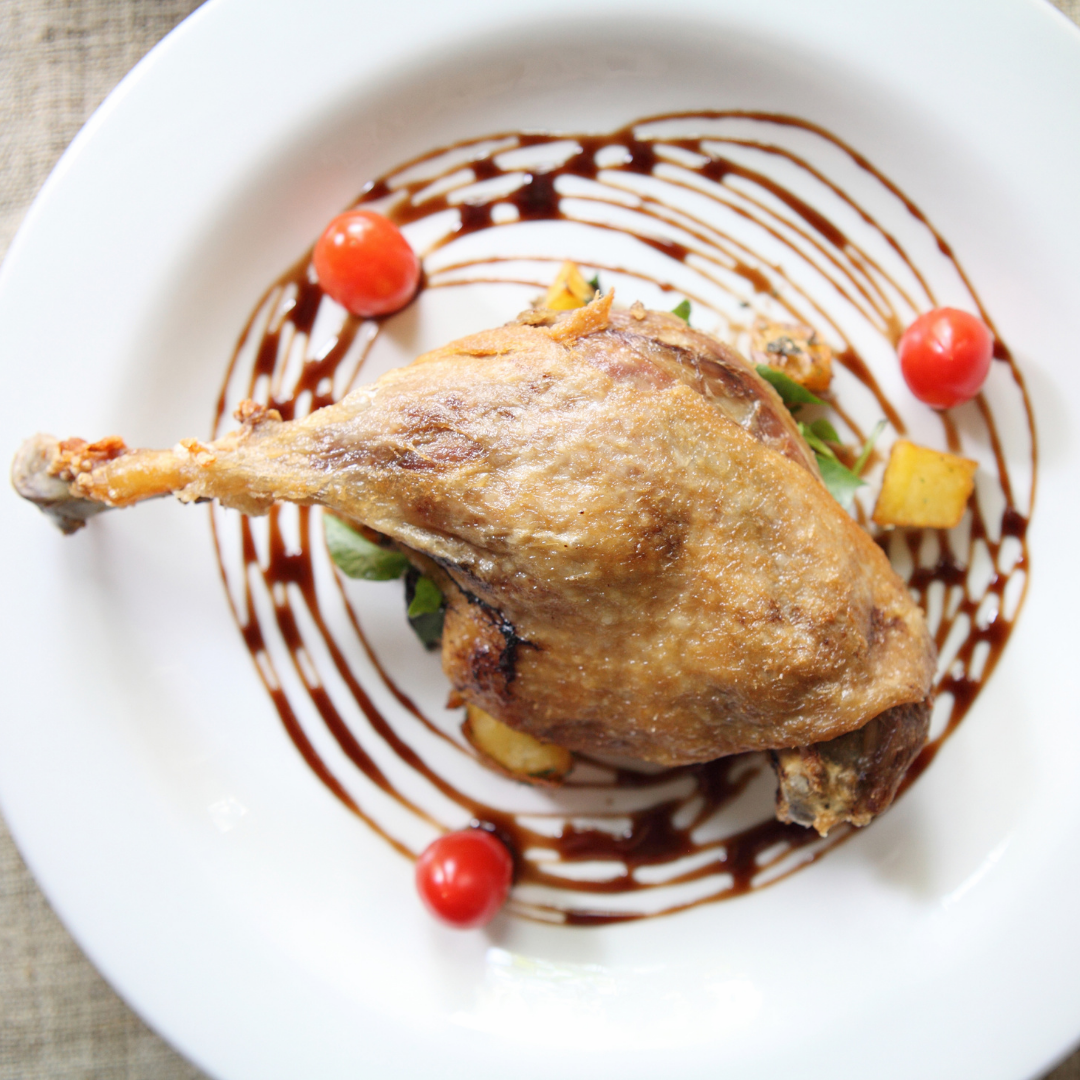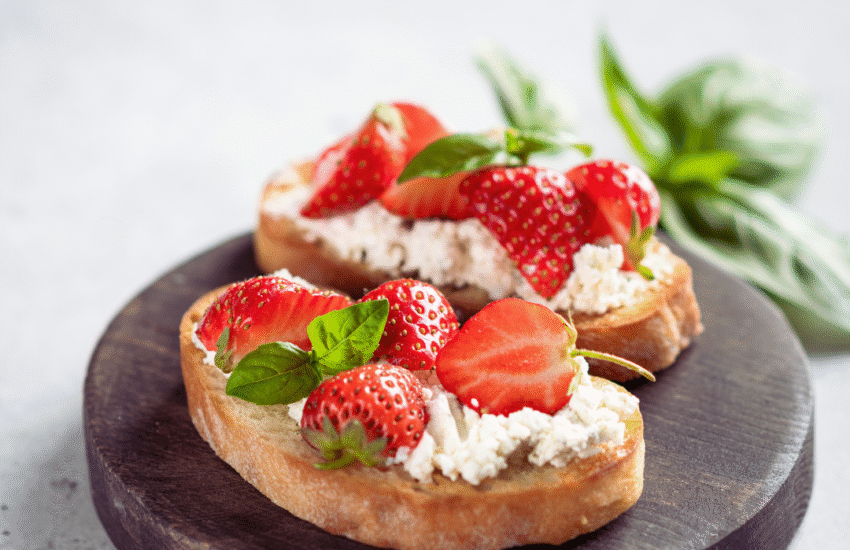Confit: What Is It, And How to Do It
Confit is a French culinary term that means to preserve food in its own fat. Through this process, the way to preserve food is done by cooking it in fat and then sealing it in the cooking fat for later consumption. The method is used for everything from meats and poultry to eggs, beans, and vegetables. The food is usually cooked, submerged in fat, and then cooled in the fat. In other places as well, it is also called confit de viande (preserved meat), confit de légumes (preserved vegetables), and confit de fruits (preserved fruit).
More about Confit
The term confit is French for preserved, and that is the main reason this cooking technique has gained popularity over the years. It was originally used to describe how to make hard-boiled eggs by rubbing them with a piece of butter or bacon fat and letting them sit in the refrigerator with the fat slowly seeping in around the egg. Over the years, the term has evolved to describe several different culinary dishes that involve the cooking of meat in its own rendered fat.
Confit is a technique in which hot or cold food is placed into a food storage container, such as a tin can or plastic container, and then stored in a low heat environment, such as in the oven or in a fridge. When the food is reheated, it acquires a more delicate texture and more flavour. It is usually only used for meat that is slow-cooked, such as pork, chicken, goose, or duck.
Confit: How should I do it?
This technique is not just for foodies and the French, an air-dried meat dish called confit is popular in other kitchens across the globe, especially with foodies. As a modern term, confit is synonymous with steaming and cooking, hence the definition.
Confit is simply the preservation of meat in its natural juices by cooking it slowly in fat, water, or wine. It has a high-water content, which makes it juicy and more tender, and therefore easier to slice.
The confit technique allows a dish to cook slowly in its own fat, preserving the flavours better. This can make the cooking process easier, as you can use fewer ingredients, and it can also avoid the need to trim the fat off a dish. Other benefits of confit are that it can be done at low temperatures, so it does not require any skill or equipment. You can use any traditional cooking fat for confit but use duck or goose fat for best results.
Important Elements of Confit
Confit is a wonderfully simple cooking technique that involves cooking meat (usually duck) in a tightly sealed bag. The meat is often basted throughout the cooking process and then served in an elegant dish. The practice pre-dates the modern era, but it has recently gained in popularity to cook duck en confit — a dish that marries well with fruit, legumes, and other seasonal produce.
Here are the essential elements in confit:
The Salt Cure – The salt cure is one of the most essential elements in confit, as it allows the meat to reach its maximum flavour and tenderness. However, if you only cook with salt, you’ll end up with salty meats. If you want to cook with salt, you must put it into your process.
The Fat – The confit is a traditional French cooking technique that involves slowly cooking food in a fat bath. This technique is used to preserve and transform cuts of meat from the game, poultry, and fish into a rich, fatty, and aromatic dish. The process can be used as part of a serving course on a plated meal or as a standalone dish for a dinner party.
Slow Cooking – Confit involves cooking food in a sealed container (usually a duck, poussin, or chicken) over a long period of time at a low temperature. The result is a delicious and flavorful dish with a distinctive texture and mouthfeel.
Many people don’t know confit is a method of cooking meat that involves essentially slowly cooking meat in a low heat environment until it turns into a jelly-like consistency. As the meat cooks and the fat melts, the liquid that is inside the meat is kept inside and stays there. This creates meat that is much healthier since the liquid inside the meat has been kept and is much less likely to make you sick than when you eat raw pork or beef.



